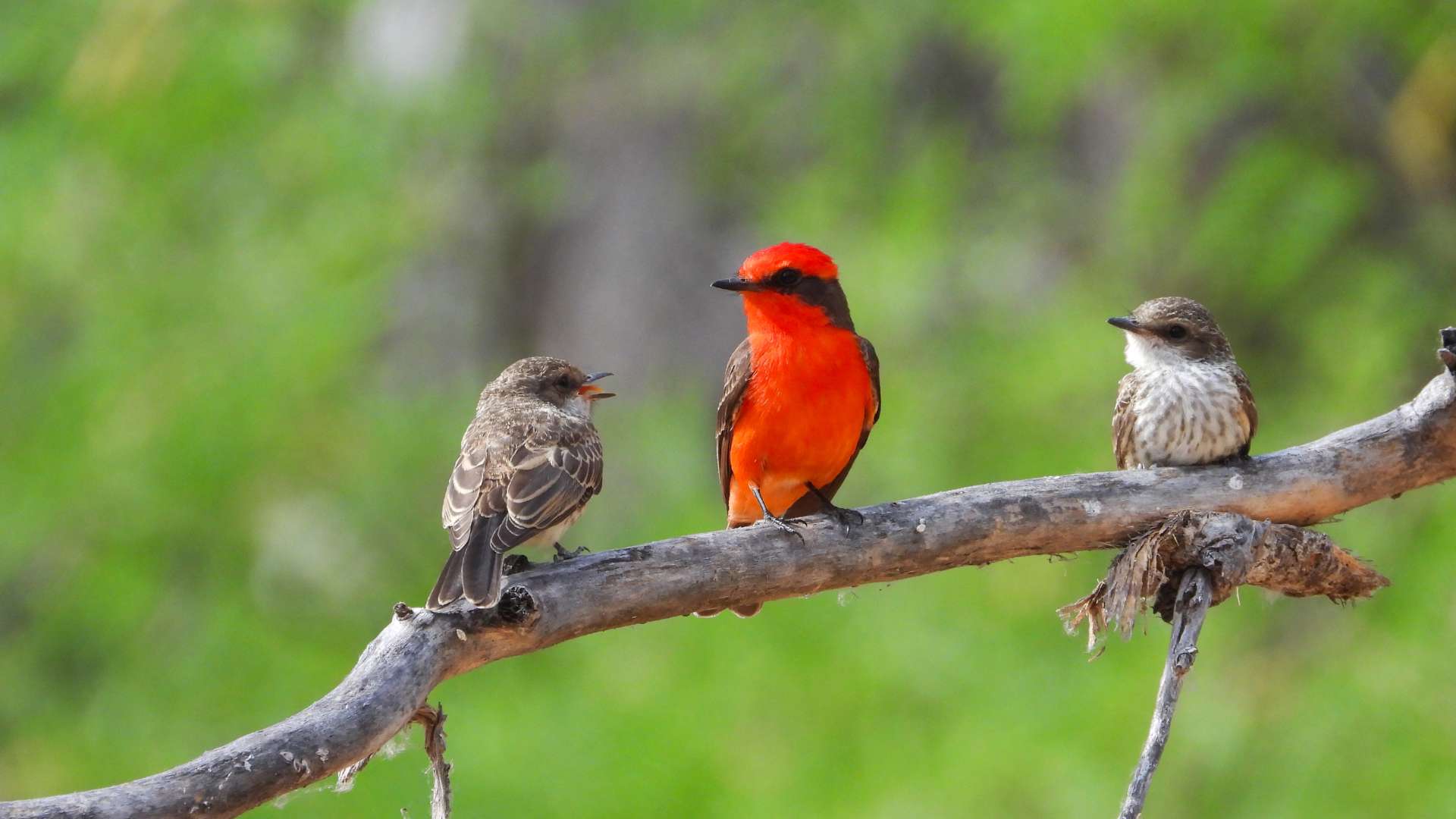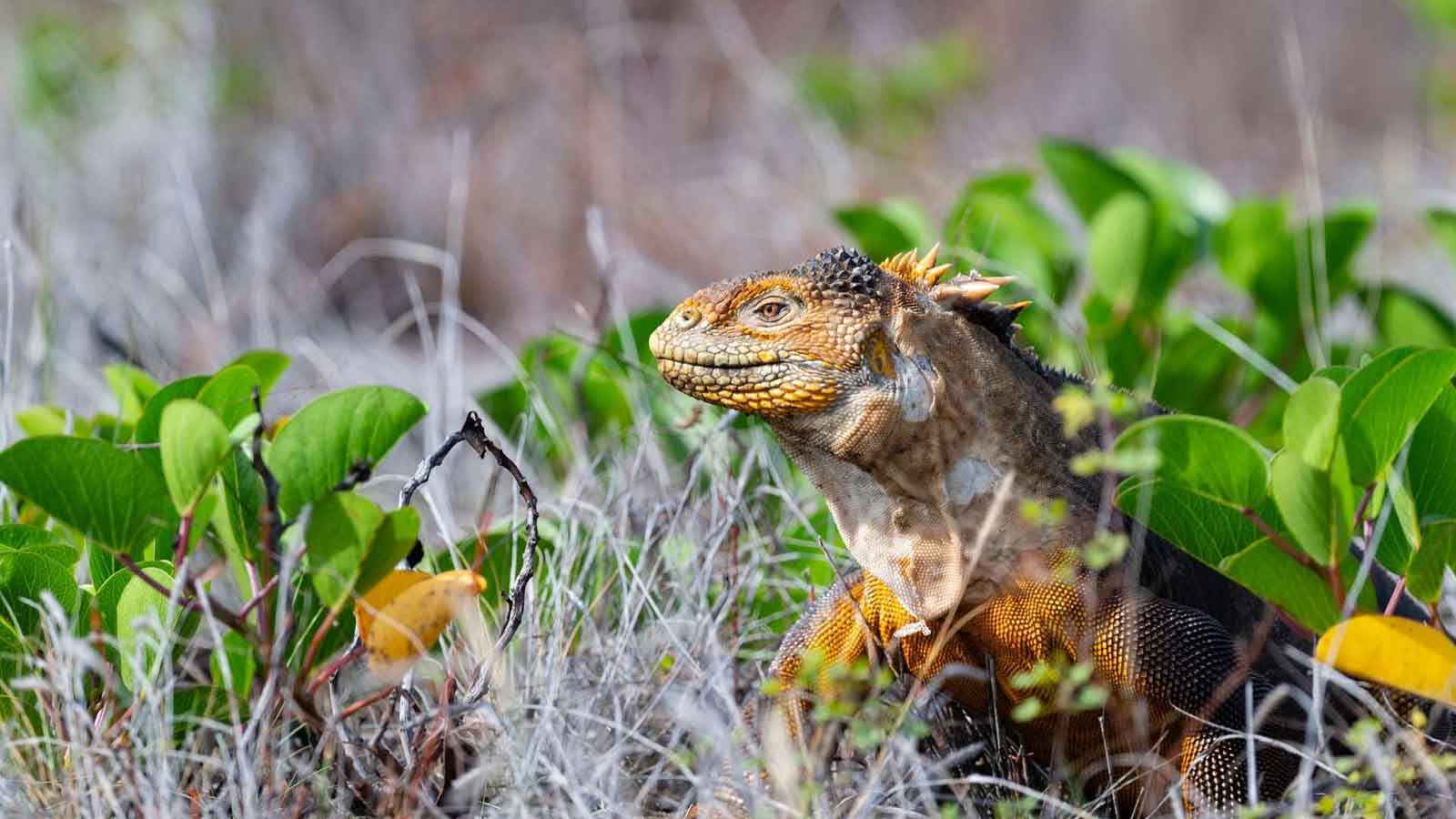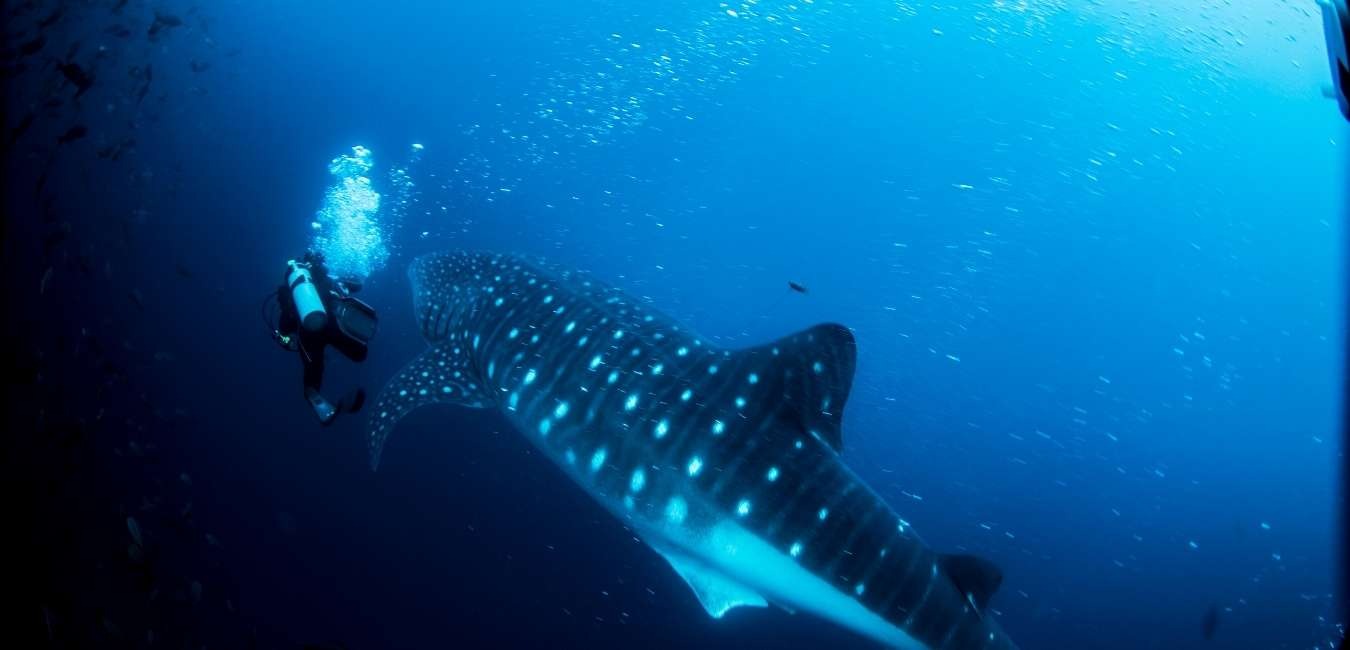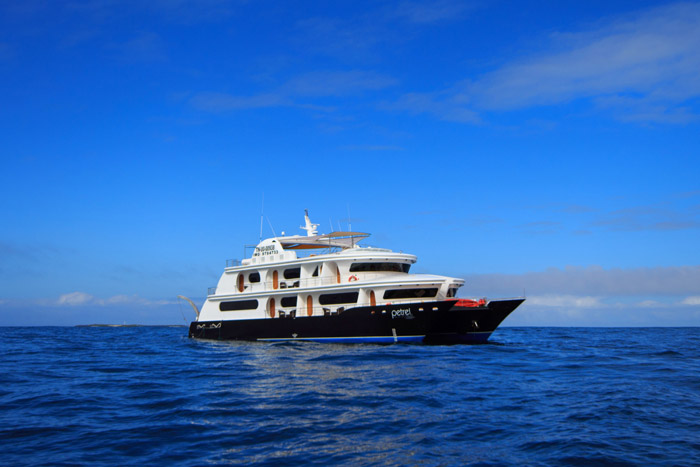We clear the checkpoint at Galapagos National Park upon arrival. After checking in, customs agents inspect passports and check the transit card.
Our naturalist guide will be waiting for us at the airport exit. Please remember to take your luggage off the belt.
We then take a coach ride to the dock where we board the pangas (or as the locals refer to them, dinghies). Then we head to the M/C Petrel, where crew members will greet you with cold drinks and show you to your cabins.
Your cruise concierge will give you a briefing about the ship's facilities and conduct a safety drill. Finally, your cabin will be assigned. After lunch, we begin with the first visit.
La Galapaguera
Landing type Dry landing, recommend wearing comfortable walking shoes
There are many activities that you could do. Walking.
The Galapagos Island was a popular hiding place for pirates and buccaneers during the XVII century and the first part of the XVIII. They used its resources to replenish their ship holdings. The Galapagos tortoises were a popular source of meat during that time. Their ability to survive for long periods without food or water made them one of the most valuable goods the island had. The extensive hunting of this animal decimated entire populations, and some even went extinct. The creation of Galapagueras is one example of the huge efforts made to protect this species. Galapagos tortoises are being cared for in nurseries that are specifically designed for them.
We visit the Galapaguera de San Cristobal to view these majestic giants in all their stages. You can see everything from tiny eggs that are smaller than chicken's to adorable hatchlings that need lots of care to the magnificent adult Galapagos tortoise, which can weigh in at over 400 pounds. This article explains the noble task of conserving these animals as well as the people responsible.
Meals included Lunch and Dinner



